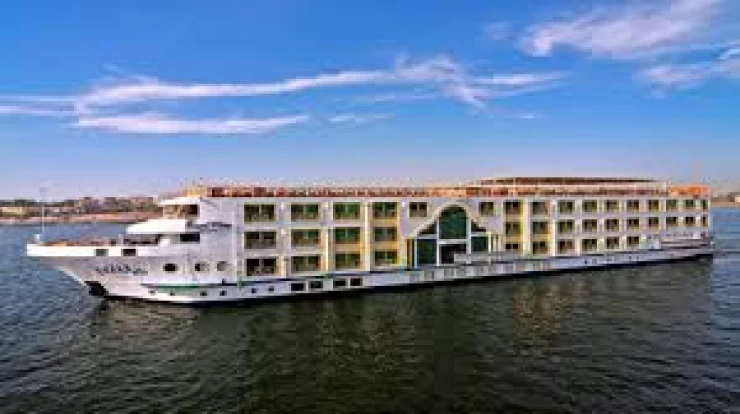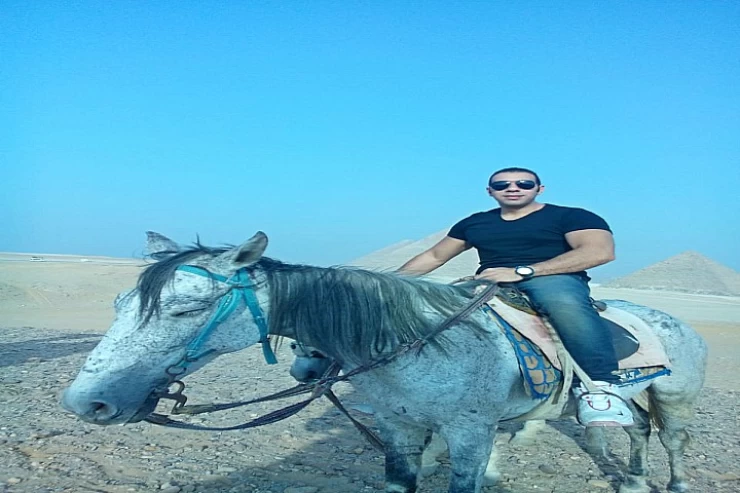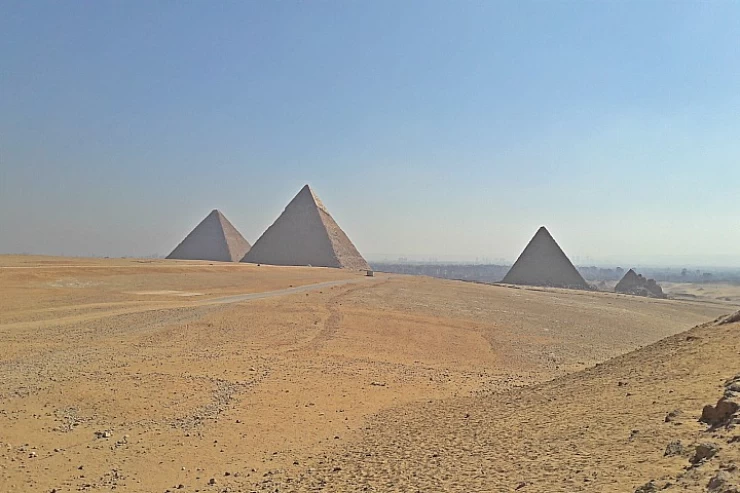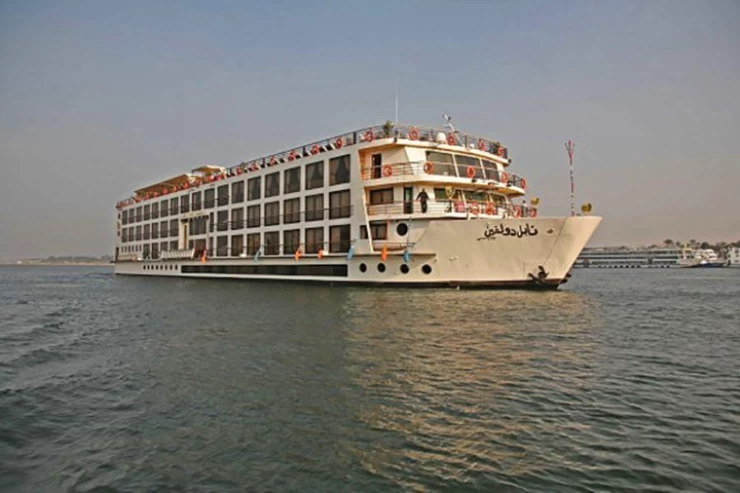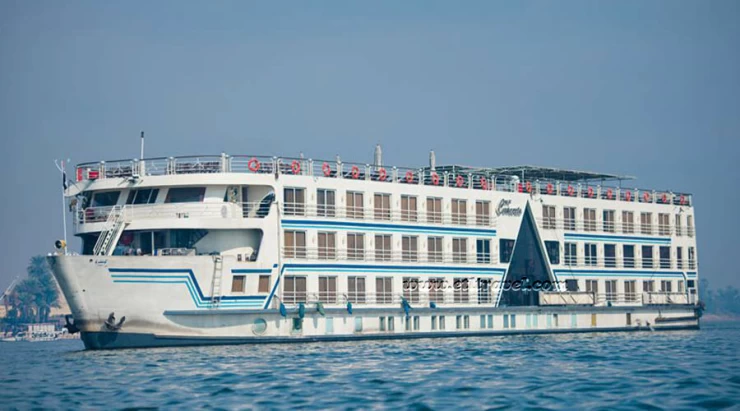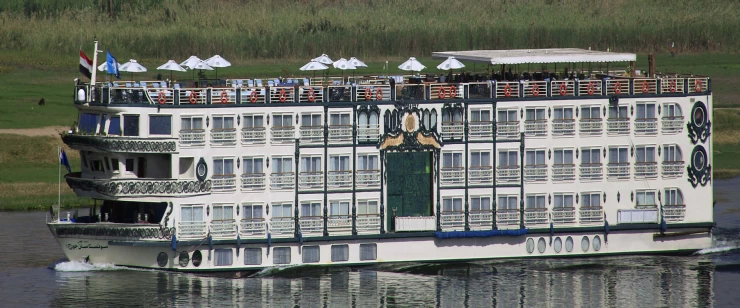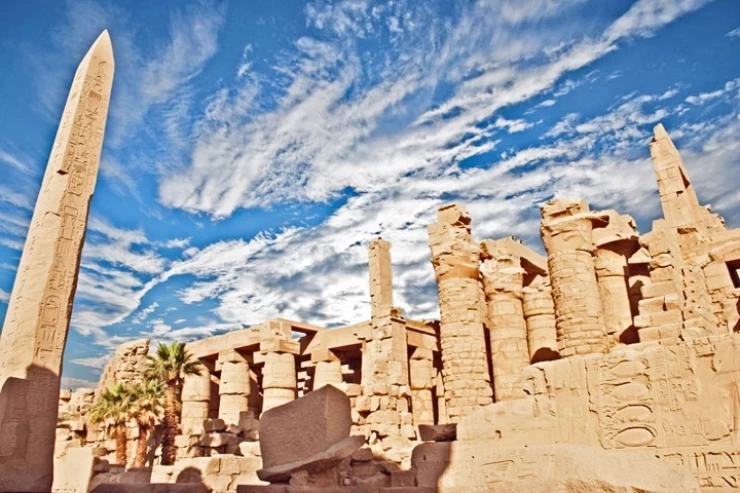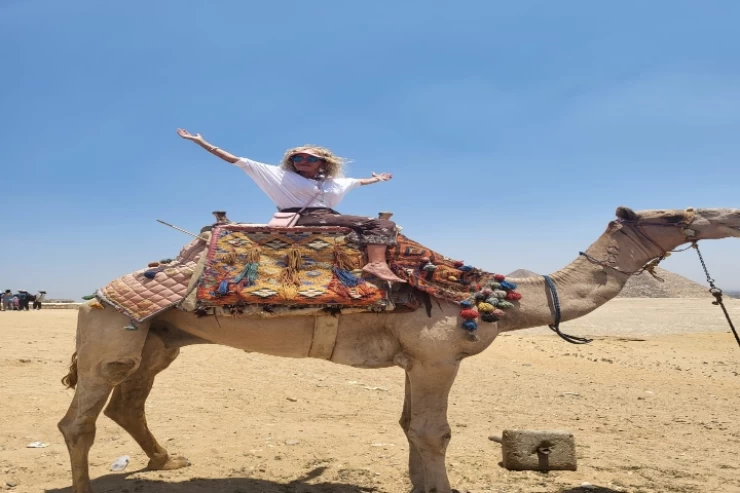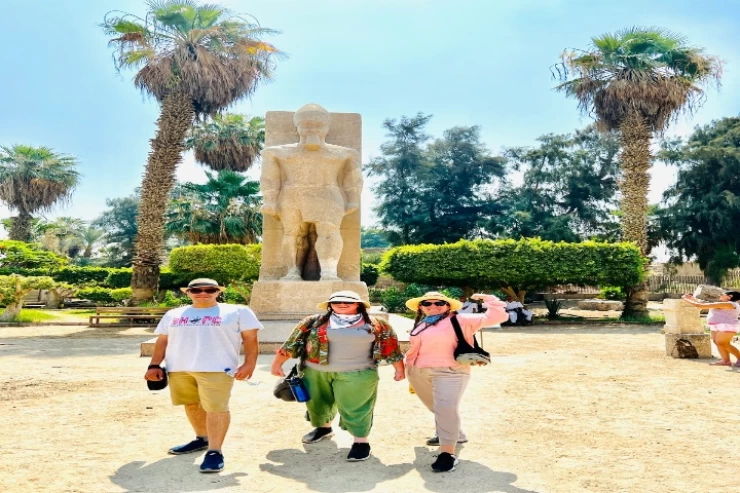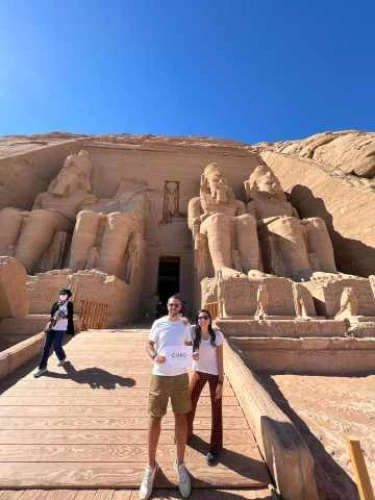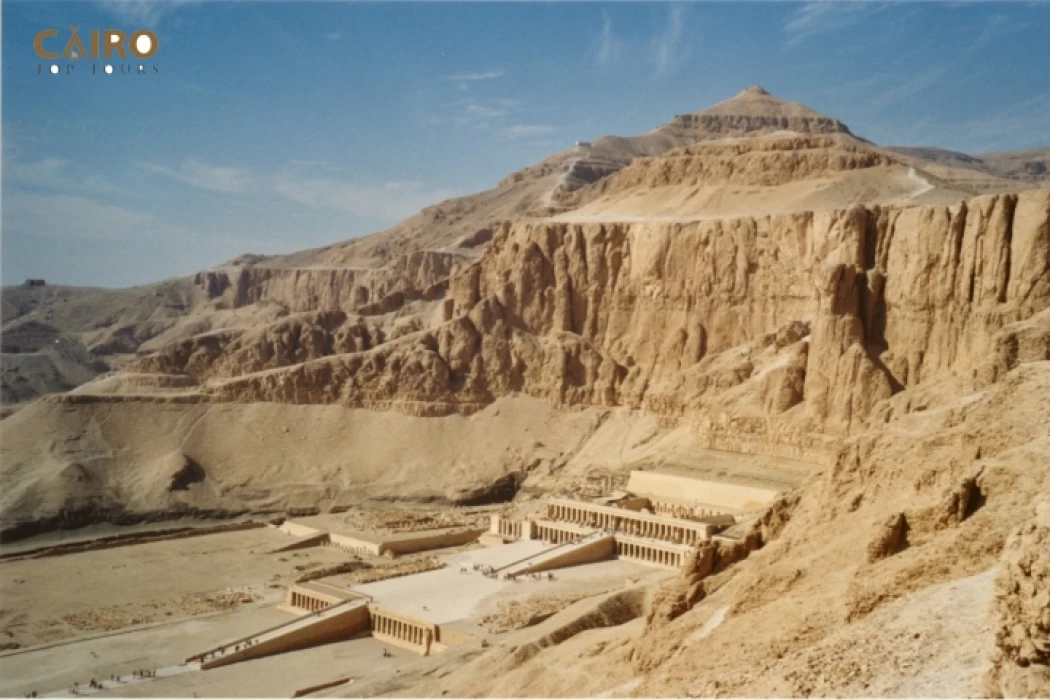
The Mortuary Temple Of Hatshepsut At Deir El-Bahri
Hatshepsut Temple
It's one of the most remarkable temples on the west bank of Luxor, It lies across the Nile from Karnak Temple. It's known as El Deir El Bahi, The temple sheds light on one of the most extraordinary regions in history. It was made to commemorate the achievement of Queen Hatshepsut (c.1478/72-1458 B.C.E.). The temple is made to be the funerary temple and the sanctuary for Amun Ra where the divine birth’s story is mentioned. The chief steward of Amun, Senenmut designed the Hatshepsut temple’sDjeser-djeseru “the Holy of Holies”.
The effect of the great queen Hatshepsut is still seen, she made two obelisks and built a road to honor Amun, king of the gods. Her statue has masculine traits like a traditional beard, shandy kilt, and head cloth reflecting her power. You can explore the great temple of the powerful pharaoh queen through Egypt Classic Tours to enjoy seeing one of the stunning temples of Egyptian civilization. The temple location was choosen in the west bank where the king's tombs existed in the Valley of Kings to reinforce her position between kings.
King Thutmose III | Tuthmosis the Third and Hatshepsut temple
Hatshepsut is the older daughter of King Thutmose I, during the 19th dynasty Queen Hatshepsut assumed the regent role in Egypt after her husband's death, King Tuthmosis II. King Thutmose III was the son of her husband; he affected the temple badly. He started to destroy the temple by destroying her statues and defacing her images.
The reasons behind this kind of revenge from the king have different theories. Some scholars believe that he didn’t anyone to interrupt the kingdom and the ruling of Tuthmise the First and the Second. Another theory is that he wanted a smooth and easy succession for his son. What we see through our special Nile cruise tours is the ruins of the temple and the massive efforts of maintenance and restoration through the ages.
The temple structure
The temple is made from the same material of the natural mountainous. The temple fronted with a central ramp that lead to the cliff through many terraces. The two lower terraces have been full of trees. Enjoy visiting the temple of Hatshepsut with Egypt luxury tours and be accompanied by a professional tour guide to reveal all the secrets of the temple for you.
Hatshepsut's temple has three storeys, as well as a large number of statues made entirely of limestone representing various deities, such as statues of the god Osiris and Queen Hatshepsut. These two mihrabs are among the main features of Hatshepsut's temple, and also the largest of its kind. In front of the wall opposite the mihrab entrance is a granite door.
Latest Articles
Admin
Seabourn Sojourn Cruise Stops in Safaga Port
The Seabourn Sojourn, the flagship vessel of Seabourn Cruise Line's ultra-luxury fleet, was built in 2008 at the T. Mariotti shipyard in Genoa, Italy. Measuring 198 metres, it can accommodate up to 450 guests in its 225 spacious all-suite staterooms.
Admin
Norwegian Sky Cruise Stops in Safaga Port
Norwegian Cruise Line operates a cruise ship called the Norwegian Sky. It was constructed in 1999 and can accommodate 2,004 passengers in addition to 878 crew members. The ship has several dining establishments, lounges and bars, a spa and fitness center, swimming pools, and a number of entertainment areas.
Admin
Explora II Cruise Stops in Safaga Port
Explora II, the second vessel in the Explora Journeys fleet, sets sail in 2024 to redefine luxury cruising. With 461 ocean-front suites, 9 culinary experiences, and 4 pools, this haven of sophistication and sustainability promises an unforgettable "Ocean State of Mind" journey to inspiring destinations.
Admin
Mein Schiff 6 Cruise Stops in Safaga Port
The Mein Schiff 6 is the latest cruise ship in the renowned TUI Cruises fleet, offering passengers a luxurious and sophisticated cruise experience. At 315 metres long, this floating resort features a range of dining options, entertainment, and recreational facilities, including a spa, fitness centre, and sports amenities.
Admin
Mein Schiff 4 Cruise Stops in Safaga Port
When the Mein Schiff 4 cruise ship docks in Safaga, Egypt, passengers are granted access to a realm of ancient wonders. Aboard this state-of-the-art vessel, guests can embark on meticulously curated shore excursions that showcase the region's most iconic landmarks, including the Giza Pyramids, the enigmatic Sphinx, and the remarkable tombs and temples of the Valley of the Kings in Luxor.
Admin
MS Europa Cruise Stops in Safaga Port
The Silver Moon, Silversea's latest flagship, is a luxury cruise ship that offers an exceptional travel experience for Venezuelans exploring Egypt. With a capacity of 596 guests and an impressive 40,700 gross tonnes, the Silver Moon maintains the small-ship intimacy and spacious all-suite accommodations that are the hallmarks of the Silversea brand.






